How is 316 stainless steel pipe produced?
316 stainless steel pipe has good corrosion resistance and high temperature resistance, and is often used in industrial transportation pipelines and mechanical structural components such as chemical industry, food, light industry, mechanical instrumentation, etc. Do you know how 316 stainless steel pipes are produced? Let’s find out together below.
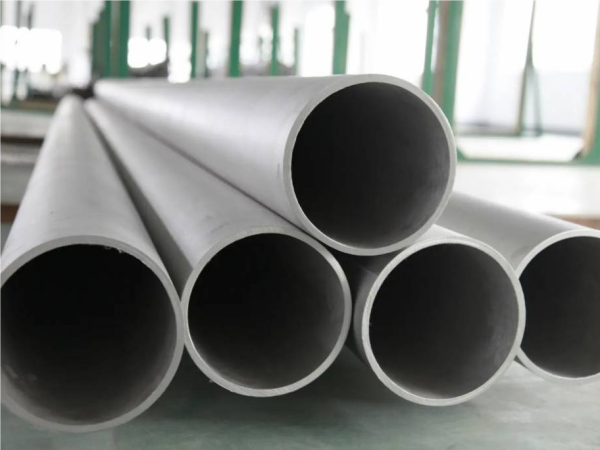
1. Material selection
Cold-rolled stainless steel strip is used as raw material, and the surface condition is BA grade. Before the steel belt is used in the factory, the steel belt must be inspected in detail. Inspection items include: thickness, width, edge quality status, appearance and physical performance inspection. When necessary, the grain size of the raw materials must be inspected, and they can only be used for production after passing the inspection.
2. Open the book
Before the steel strip enters the welded pipe unit, it is necessary to use a steel strip uncoiler to unroll the steel strip. For the final steel strip, a leveling mechanism needs to be added to level the steel strip to ensure that the steel strip enters the welded pipe unit in a straight state. The forming part successfully completes the bending and forming of the steel strip.
3. Tube blank forming
Using continuous roll bending forming equipment, the steel strip is continuously rolled and deformed to make an open tube blank. The steel strip needs to pass through the joint action of the introduction module, rough rolling module and closing module of the welded pipe unit. Each module uses different types of rollers to bend different parts of the steel strip. Finally, the steel strip is gradually transformed from a flat surface to a flat surface. Bend to form an open tube blank, ready for welding into a 304 stainless steel tube.
4. Continuous welding
After the steel strip passes through the continuous roll forming unit, it is made into an open tube blank. Use TIG welding equipment to perform continuous welding to make round tubes. Argon is used as a protective gas during the welding process to prevent oxidation from contact with oxygen before the weld solidifies and cools. The argon gas is passed into the tube to protect the internal weld, and the argon gas passed into the welding gun is used to protect the tungsten electrode. An argon protective layer is formed around the molten pool to protect the molten pool and weld from oxidation.
5. Weld leveling
Due to the impact of the welding current and the influence of gravity, the internal welds of stainless steel product pipes will protrude and the external welds will also be dented. These problems will not have an impact if used in ordinary low-pressure fluid environments. If used in a high-temperature, high-pressure, high-speed fluid environment, it will cause usage problems. Special weld leveling equipment must be used to eliminate this defect.
6. Online heat treatment
During the roll bending process of the steel strip, work hardening will occur, which is not conducive to the later processing of the pipe, especially the bending process. During the welding process, there will be welding stress at the weld, which will cause cracking risks during later use, which requires heat treatment.
The commonly used heat treatment process at present is bright solution treatment under a hydrogen protective atmosphere. The 304 stainless steel pipe is heated to above 1050°. After a period of heat preservation, the internal tissue morphology changes to form a uniform austenite structure. In the hydrogen atmosphere Under the protection of atmosphere, no oxidation will occur.
7. Sizing and finishing
The outer diameter of the welded pipe will be deformed during the welding and heat treatment process, causing the outer diameter to fail to meet the usage requirements and requires sizing and finishing. The commonly used sizing and finishing unit consists of 4 sets of flat rollers and 4 sets of side rollers. The flat rollers are designed to be flat oval (or circular), and the side rollers are designed to be oval (or circular). The sizing amount depends on the outer diameter and wall thickness of the pipe, and is generally in the range of 0.20~0.50mm. After sizing and finishing, the outer diameter tolerance of the pipe can be controlled within ±0.05mm, which can fully meet the accuracy requirements.
8. Online flaw detection
Because the welds bear a certain amount of pressure and require a certain degree of reliability, it is difficult to detect internal defects in the welds by relying only on pressure testing. Online eddy current flaw detection or ultrasonic flaw detection can be used to perform 100% detection online in real time. The welding status can be corrected at any time based on the alarm information to reduce the production of unqualified products.
9. Cutting to length
Use online fixed-length cutting equipment to perform fixed-length cutting according to the length required by the customer. You can use rotary cutting (chipless) technology. Compared with chip cutting, chipless cutting has the characteristics of no cutting burrs and does not need to be performed in the later stage. Deburring of ports.
10. Straightening
The straightness of the welded pipes produced by the roll bending unit cannot meet the usage requirements. Generally, the straightness of such welded pipes needs to be controlled at 0.10/100mm. It is necessary to use a straightening machine to straighten the welded pipe to meet the required product requirements.
11. Stress test
An automatic static hydraulic pressure testing machine is used to perform a pressure test on 304 stainless steel pipes. Loading, flushing, pressure testing, and unloading are all completed automatically. After maintaining pressure for a certain period of time, unqualified welded pipes are sorted out by the pressure difference method.
12. Clean and dry
After the mechanical processing of the welded pipe is completed, final cleaning and drying are required to remove residual coolant, oil and other pollutants on the inner or outer walls of the pipe, and then hot air drying is used to prevent rust during transportation and storage. Finally, the finished stainless steel welded pipes are inspected and packaged before leaving the factory.
The above is the production process of 316 stainless steel pipe. The production process includes material selection, uncoiling, tube blank forming, continuous welding, weld leveling and a series of processes.






 English
English Español
Español بالعربية
بالعربية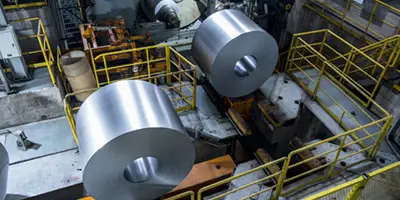
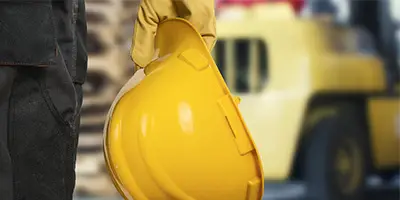
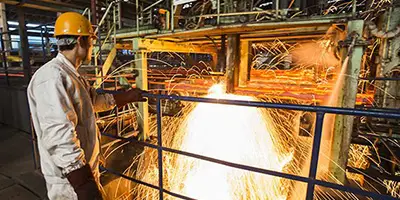
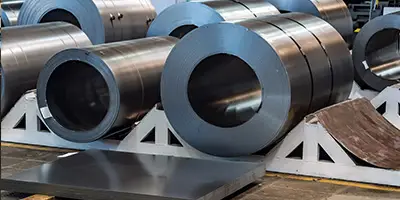

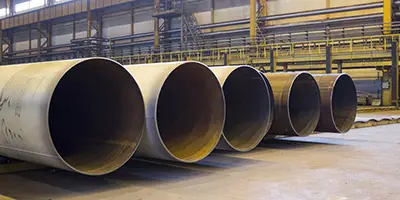
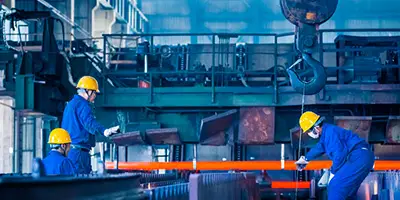
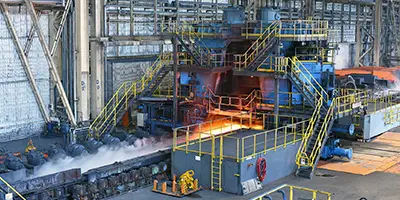
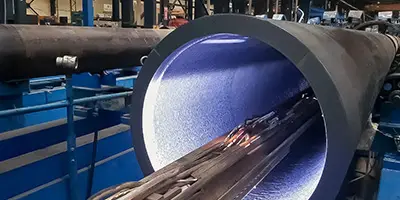
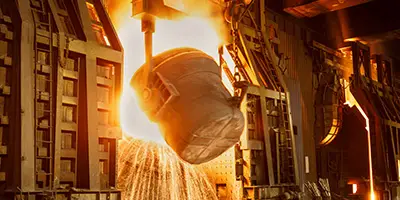
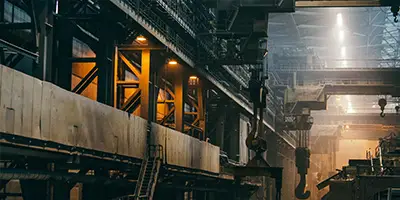

 Phone :
Phone :  Whatsapp :
Whatsapp :  Email :
Email : 


